 |
 |
 |
|---|
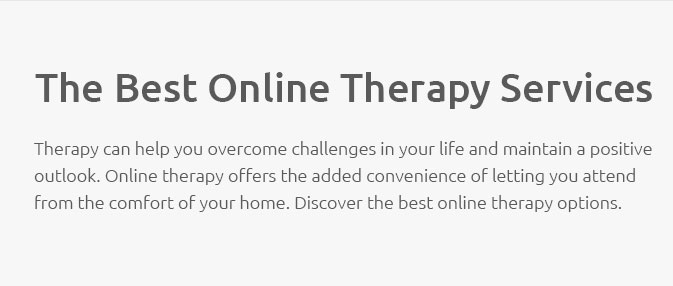 |
 |
|---|
 |
|
|---|---|
 |
 |
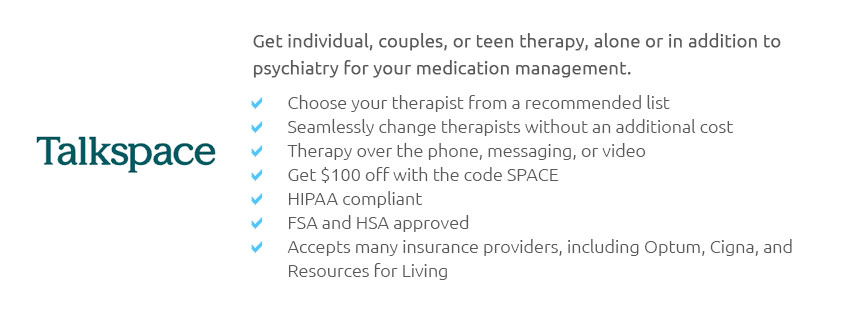 |
 |
 |
 |
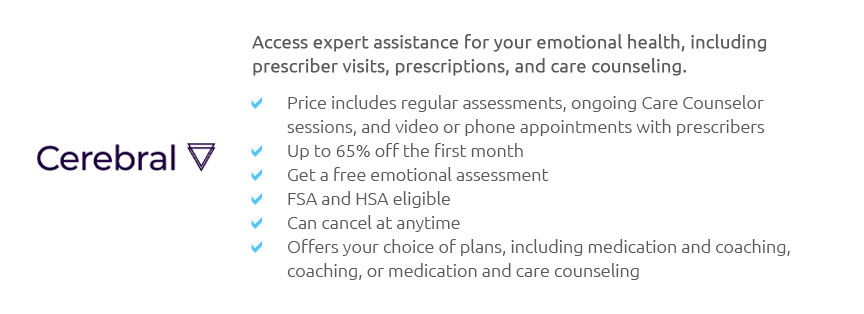 |
 |
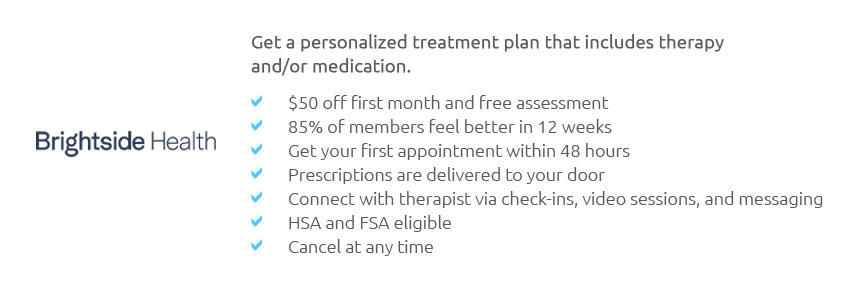 |
 |
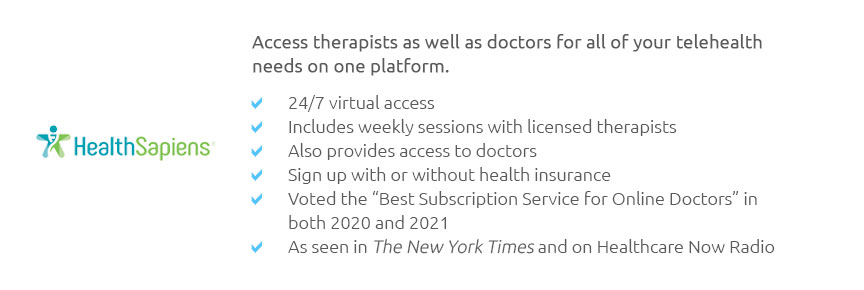 |
 |
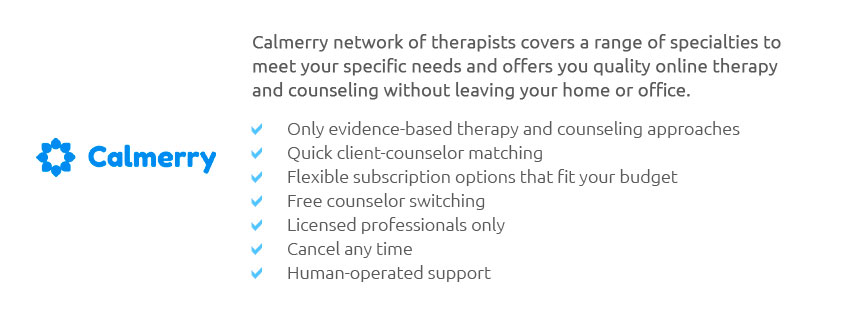 |
 |
 |
 |
|---|
The Emergence and Efficacy of Remote TherapyIn an era where technology permeates almost every aspect of our lives, the field of mental health therapy has not been left behind. The concept of remote therapy, also known as online therapy or teletherapy, has gained remarkable traction over recent years, presenting an alternative to traditional face-to-face therapy sessions. This modality has been particularly useful during challenging times, such as the global pandemic, where physical distancing became imperative. But what exactly is remote therapy, and why has it become such a prominent choice for many? Remote therapy refers to the delivery of mental health services through digital platforms, utilizing tools like video calls, phone conversations, or even chat-based applications. The convenience it offers is undeniable; clients can access their therapy sessions from the comfort of their homes, reducing the stress of travel and allowing for more flexible scheduling. This has opened doors to individuals who might otherwise find it difficult to attend in-person sessions due to physical limitations, geographical barriers, or time constraints. However, the question of effectiveness often arises when discussing remote therapy. Can it truly replicate the depth of connection established in a traditional setting? Research suggests that, for many, it indeed can. Several studies have highlighted that remote therapy can be as effective as in-person therapy for a variety of issues, including anxiety, depression, and PTSD. This is largely due to the advancements in technology that allow for high-quality video interactions, creating a sense of presence and immediacy that was once thought impossible in digital communication. Despite its advantages, remote therapy is not without its challenges. Some therapists and clients express concerns over privacy and the potential for technical difficulties. Ensuring a secure and private environment is paramount, as is choosing a reliable platform that complies with privacy regulations such as HIPAA. Additionally, there is the matter of building rapport; while many find it easy to connect through a screen, others might miss the nuanced cues of body language and physical presence that enrich face-to-face interactions.
In conclusion, while remote therapy presents some unique challenges, its benefits are compelling enough to consider it a valuable option in the mental health landscape. The key to maximizing its effectiveness lies in the thoughtful integration of technology, maintaining rigorous privacy standards, and fostering an adaptive approach to developing therapeutic relationships. As we continue to embrace digital innovations, remote therapy stands out as a testament to how technology can transform traditional practices, offering a glimpse into the future of mental health care. https://en.wikipedia.org/wiki/Remote_therapy
a form of psychotherapy or related psychological practice in which a trained psychotherapist meets with a client or patient via telephone, cellular phone, the ... https://www.psychotherapy.net/blog/title/the-pros-and-cons-of-remote-therapy-a-clinician-s-dilemma
They find it is more difficult to shut out the world when we are not together in my office with cell phones off. Encouraging patients to make ... https://www.remotetherapy.com.au/
Remote Therapy is an online psychology practice that provides bulk-bill psychotherapy to all Australians over the phone or video call.
|
|---|